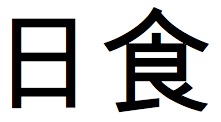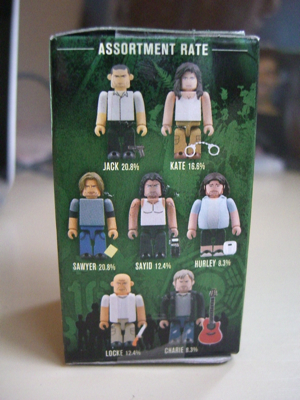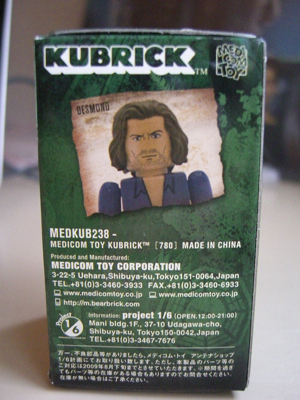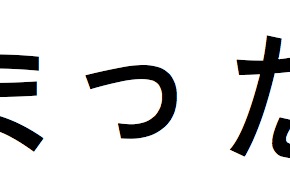By my third year of Japanese study, my classmates and I had gotten to the point where we could express a lot of basic ideas, but for whatever reason – probably class chemistry more than anything – we were all really quiet. Everyone was hesitant to take a chance and speak up. So the professor implemented a participation grade, probably one of the cleverest techniques any of my Japanese teachers ever used. This same teacher also emphasized storytelling (through 接続詞), relaying information (〜そうです), and skimming (速読). It was a landmark year in my study of the language. Really gave me a solid foundation.
I think the skimming exercises were especially effective. Someone (one of the higher up professors?) had done research showing that skimming was just as valuable if not more valuable than slogging through passages looking up the definition for every word. Several times a week, she would hand us a slip of paper with a Japanese newspaper article on it. First she gave us five seconds or so to look at the headline and we would take a minute to talk about the topic of the article. We made guesses about the content, and the professor asked us to explain why. Then she gave us 30 seconds to look at the first few paragraphs of the article. We would kind of desperately run our eyes over the squiggles, looking for X月XX日, X氏, and other hints. The she asked us machine-gun style the who what where when of the article. And that was it. We never went into much more depth than that. The exercise was predicated on the idea that short, fast repetitions are important to get your reading up to speed.
However, skimming is really only effective once you have a basic grasp of kanji and compounds. We must have known 750 kanji at least, maybe even closer to 1000, but knowing how the kanji work in compounds was even more important. This same teacher drilled us on the different categories of compounds. I think there were five categories. Here’s a brief rundown of the ones I can remember:
Synonyms and Antonyms – compounds in this category are two kanji with similar meaning or opposite meaning lined up together.
早速 (さっそく) – fast + fast = right away!
重複 (ちょうふく) – overlap + multiple = redundant (unsure if this isn’t in the Verb + DO category which is outlined below)
姉妹 (しまい) – older sister + younger sister = sister
兄弟 (きょうだい) – older brother + younger brother = brother
変化 (へんか) – change + change = change
上下 (じょうげ) – up + down = up and down
左右 (さゆう) – left + right = left and right
和英 (わえい) – Japanese + English = Japanese to English
英和 (えいわ) – English + Japanese = English to Japanese
売買 (ばいばい) – sell + buy = buying and selling
攻防 (こうぼう) – attack + defense = attack and defense
Prefix + Kanji – the kanji in these compounds all have prefixes that modify the other character. 非, 無, and 不 are the obvious negatives ones. There must be some positive ones…超 comes to mind, but I can’t think of any two-character compounds.
無職 (むしょく) – no + work = unemployed
無色 (むしょく) – no + color = colorless
無教 (むきょう) – no + faith = atheist
不良 (ふりょう) – un + good = bad
非常 (ひじょう) – non + normal = abnormal/unusual/emergency
超能力 (ちょうのうりょく) – extremely + ability = superpower/ESP
Adjective + Noun – in this category, the first kanji modifies the second kanji, forming a larger compound noun.
朗報 (ろうほう) – cheerful + information = good news
朝食 (ちょうしょく) – morning + food = breakfast
残金 (ざんきん) – remain + money = balance/remaining money
近所 (きんじょ) – near + place = neighborhood
笑顔 (えがお) – smile + face = smiling face
Adverb + Verb – in this category, too, the first character modifies the second, but this time it modifies the way the verb is performed.
速読 (そくどく) – fast + read = read quickly/skim
朗読 (ろうどく) – clear/cheerful + read = read out loud
悪化 (あっか) – bad + change = get worse
強化 (きょうか) – strong + change = make stronger/fortify/enhance/reinforce
Verb + Direct Object – these kanji are Chinese in origin, I think, so they come in the Chinese grammatical order, the second kanji being the direct object of the first, which is a verb.
上京 (じょうきょう) – go up + capital = go to the capital
帰国 (きこく) – return + country = return home/repatriate
送金 (そうきん) – send + money = send money
回想 (かいそう) – spin + thought = recall/flashback
消火 (しょうか) – erase + fire = extinguish
返品 (へんぴん) – give back + item = return something
Not every compound will fit into these categories, but thinking about kanji this way will often give you an advantage when you encounter a new compound made of familiar parts. So go on! Go out there and get reps! Skimming is all well and good, but the goal is to build up endurance and recognition so that you can tackle longer material.










